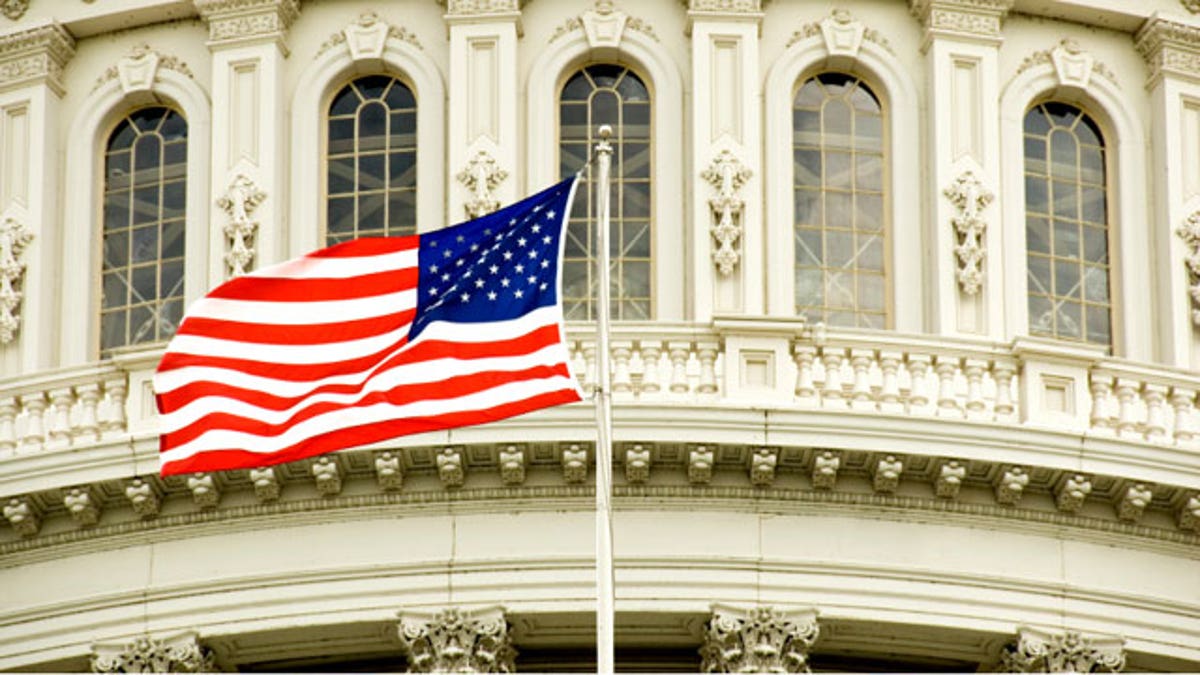
(Copyright © 2007 - Gary Blakeley: 416.278.5520)
We are only a few weeks into the New Year, but one thing is undeniably clear – 2018 is the Year of the Woman. The #MeToo and #TimesUp movements have awakened and empowered a generation of women who for too long felt intimidated and silenced.
Across corporate offices, newsrooms, TV and movie studios, the halls of Congress, and state capitols, we have seen women speak up and challenge the status quo. As Oprah Winfrey said during her Golden Globes speech earlier this month: “I want all the girls watching here now to know that a new day is on the horizon!”
I made sure Oprah’s speech was required viewing for my daughter. As women, it’s our responsibility to empower each other to lead and speak out.
Building on a movement with a nationwide impact, thousands of women have registered to run for public office in the last year. After the 2016 election cycle and last year’s special elections, the number of female members of Congress is at an all-time high. But this all-time high is still far too low.
The obvious gender gap we see in Washington led me to start the Women2Women Conversations Tour. Women make up more than 50 percent of our country’s population but less than 20 percent of Congress. Only 84 women serve in the House and 22 serve in the Senate.
Strengthening our economy; ensuring that small businesses can thrive and create jobs; keeping our country safe from terrorism; and building better roads, bridges and transportation systems are women’s issues.
The situation is even more acute for Republicans: GOP congressmen outnumber GOP congresswomen by a more than 11-to-1 ratio.
We need to engage women in the political discourse and encourage more women to run for office. For more women and girls to feel like their voice is being heard, we need a Congress that is reflective of the population it represents.
The number of female voters has exceeded the number of male voters in every election since 1964. We are the majority makers, but for decades “the women’s vote” has been targeted as a block of votes to be won or lost based on a narrow scope of issues.
Women cannot and should not be treated as single issue voters. The Women2Women tour has heard from women in Las Vegas, Charlotte, Minneapolis, Orange County in California, Corning in New York, and Cleveland.
Joined by five Republican women in Congress – Sen. Shelley Moore Capito of West Virginia, Rep. Mimi Walters of California, Rep. Elise Stefanik of New York, Rep. Susan Brooks of Indiana, and Rep. Ileana Ros-Lehtinen of Florida – we spoke directly with women about the issues that matter most to them.
These women are moms, doctors, teachers, business owners, local elected officials and more. Though the topics and audiences at each stop varied, one thing was strikingly clear – every issue is a “women’s issue.”
Strengthening our economy; ensuring that small businesses can thrive and create jobs; keeping our country safe from terrorism; and building better roads, bridges and transportation systems are women’s issues.
Training and equipping the next generation of workers, improving access to health care and making sure every child has access to better education are women’s issues.
During tour stops, we have made it our goal to take the lessons learned back to Washington and work together on solutions to improve the lives of women and their families nationwide.
In 2018 we are thrilled to be partnering with some of our nation’s best businesses and local organizations to build on this momentum of change.
We are committed to engaging women and encouraging them to stand up and speak out. Our voices have always mattered, but our platform is now larger than ever.
In just a few years, the Women2Women tour has helped produce action on legislation to provide better mental health care, combat the opioid epidemic, and end human trafficking in the United States. And we are just getting started.




















